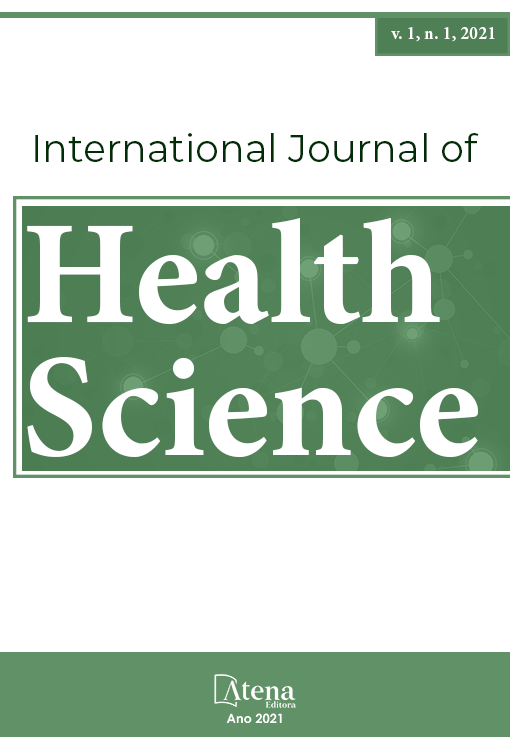
Diagnosis of Polycystic Ovary Syndrome in an asymptomatic patient on contraceptive use for different causes
Objective: The case report described aims to demonstrate the difficulties for the correct diagnosis of gynecological endocrinopathies by medical students in outpatient practice and how these comorbidities affect the quality of life of women, in addition to understanding the experience of these patients with the symptoms that feature. Case report: This is a descriptive report which consists of an analysis of the activities carried out by medical students at the University of Franca in consultations at the gynecology school clinics and the methodologies used to investigate gynecological endocrinopathies. Results: This article allowed the conclusion of the importance of linking medical practice to knowledge of the main and most common diseases in each area, as the lack of knowledge of the main risk factors and the main associated morbidities or resulting from some pathologies, amplifies the suggestion of various entities that may be hidden in the face of an unintentional treatment of a patient.
Diagnosis of Polycystic Ovary Syndrome in an asymptomatic patient on contraceptive use for different causes
-
DOI: 10.22533/at.ed.1592128096
-
Palavras-chave: Diagnóstico, Saúde da mulher, Síndrome dos Ovários Policísticos.
-
Keywords: Diagnosis, Women's Health, Polycystic Ovary Syndrome.
-
Abstract:
Objective: The case report described aims to demonstrate the difficulties for the correct diagnosis of gynecological endocrinopathies by medical students in outpatient practice and how these comorbidities affect the quality of life of women, in addition to understanding the experience of these patients with the symptoms that feature. Case report: This is a descriptive report which consists of an analysis of the activities carried out by medical students at the University of Franca in consultations at the gynecology school clinics and the methodologies used to investigate gynecological endocrinopathies. Results: This article allowed the conclusion of the importance of linking medical practice to knowledge of the main and most common diseases in each area, as the lack of knowledge of the main risk factors and the main associated morbidities or resulting from some pathologies, amplifies the suggestion of various entities that may be hidden in the face of an unintentional treatment of a patient.
-
Número de páginas: 12
- João Pedro Colombo Marchi
- Jean Carlo Carvalho Oliveira
- Felipe Costa Isidoro
- Bruna Alves Pelizon
- Beatriz Podsclan Rotundo
- Isabela Ovídio Ramos
- Alane Camila Sousa Medeiros
- Danilo Marques de Aquino
- Gabriela Costa Brito


